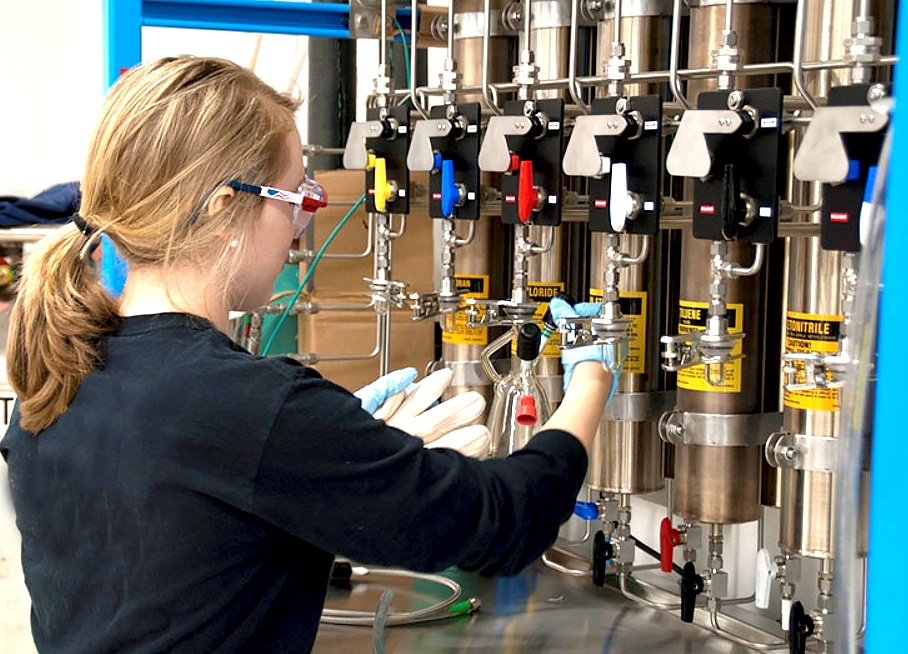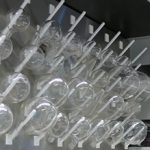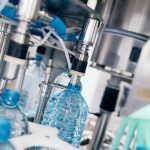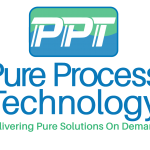
21 Sep 2017
Whether you are a seasoned lab professional or in the process of setting up your first lab, there are a number of installation and maintenance based issues that are helpful to keep in mind. Solvent systems built from high-quality components have the capacity to handle many different solvents. The function of these systems is to deliver pure anhydrous solvent safely and reliably.
Purification systems operate by using low-pressure Argon gas to force solvent through various media that remove moisture from the solvent, delivering clean, anhydrous solvent for your applications. These solvents can then be used successfully, in lab research that requires low PPM levels of water.
Installation, Operation, and Safety
The user of these systems must be aware, before installation, of the safest place to locate the equipment. It is the responsibility of the user to research any requirements for local building codes, guidelines, and regulations that may apply. It is highly recommended, that documentation accompanying your system, be reviewed with your EH&S or facilities group beforehand.
 Any and all personnel that will be operating the system should read and understand the correct operation as well as safety precautions covered in the manuals before using the system. Each system should also contain warning labels that should always be observed for safety and proper operation.
Any and all personnel that will be operating the system should read and understand the correct operation as well as safety precautions covered in the manuals before using the system. Each system should also contain warning labels that should always be observed for safety and proper operation.
Operator precautions include using the appropriate personal safety gear for handling solvents. This includes gloves, safety glasses, and protective outerwear along with other specific lab requirements.
Avoid the hassle of troubleshooting issues
PPT recommends the following strategies for consistent system operation:
_____________________________________________________
*If HPLC or ACS grade solvent is not used, it may reduce the column lifespan.

Does Your Project Water Distribu...
08 Jun 2019

Solvent Dispensing 101 – the Car...
15 May 2019

Hospital RODI Water System Proje...
18 Apr 2019

10 Apr 2019

27 Mar 2019